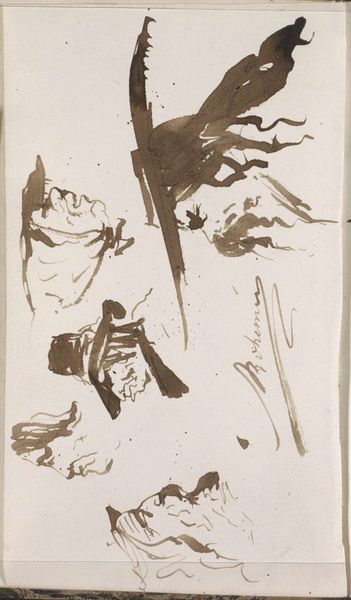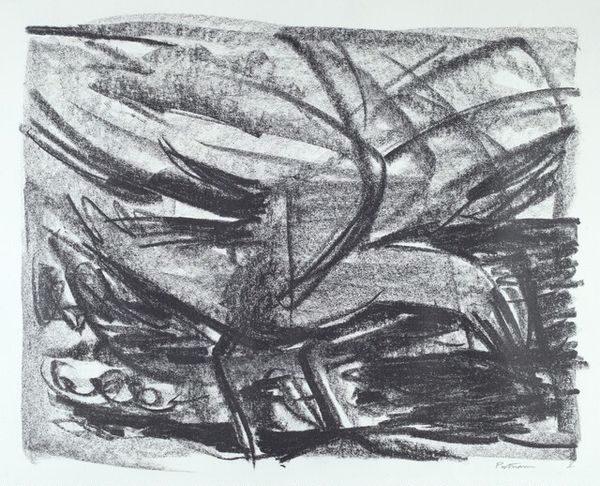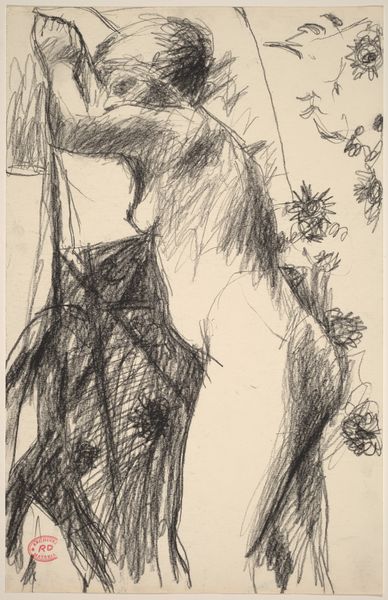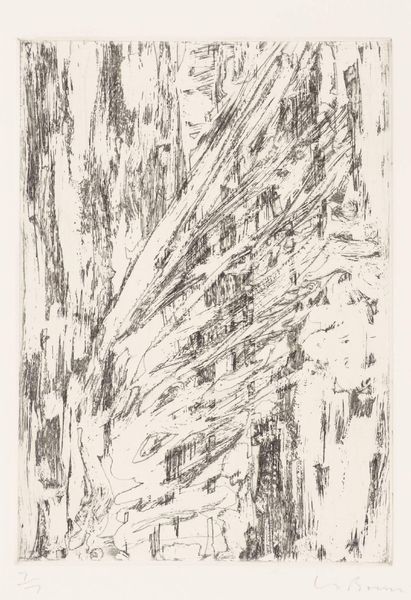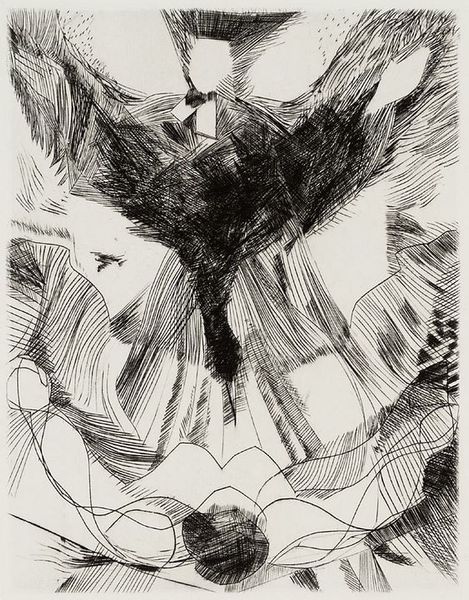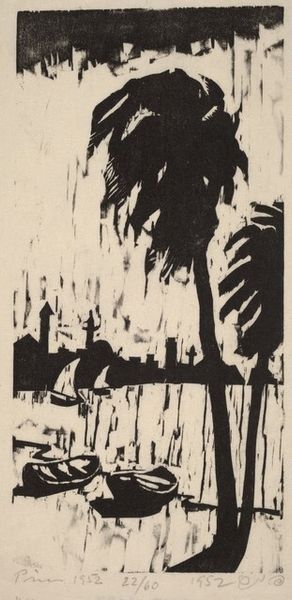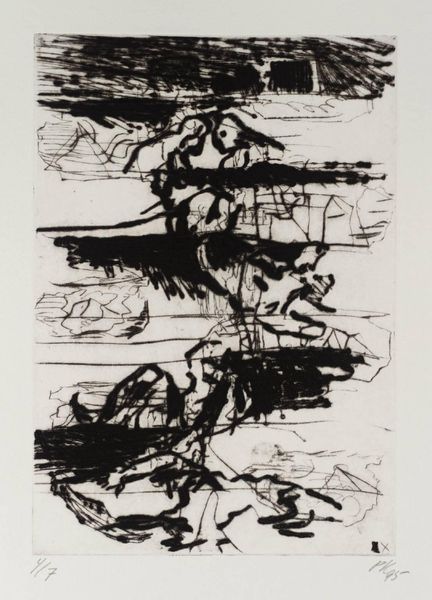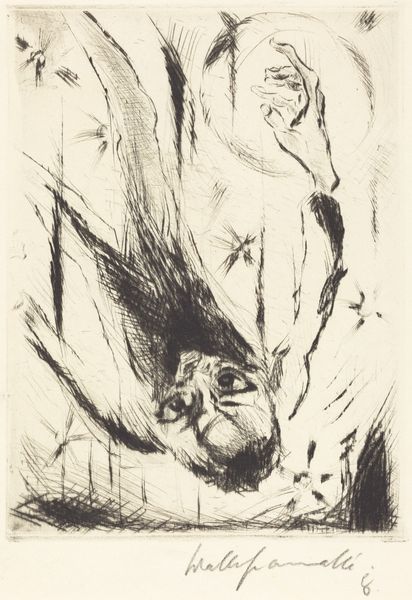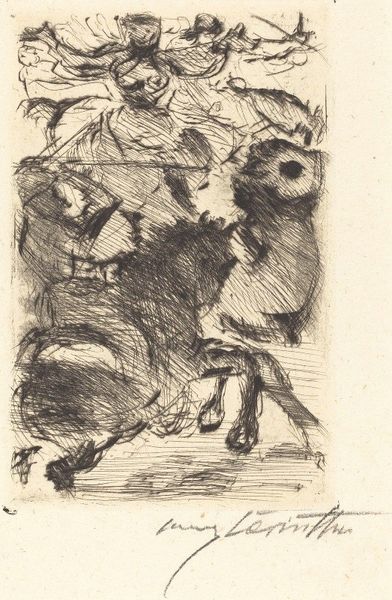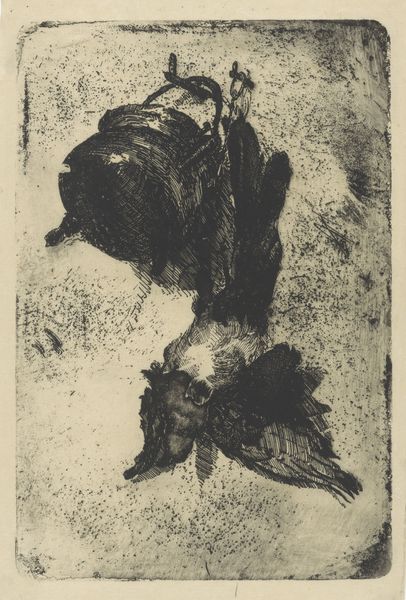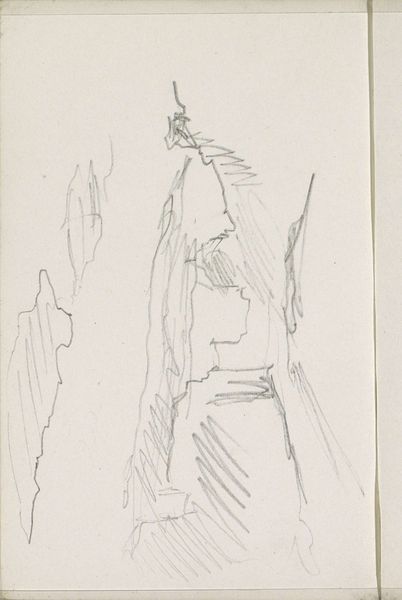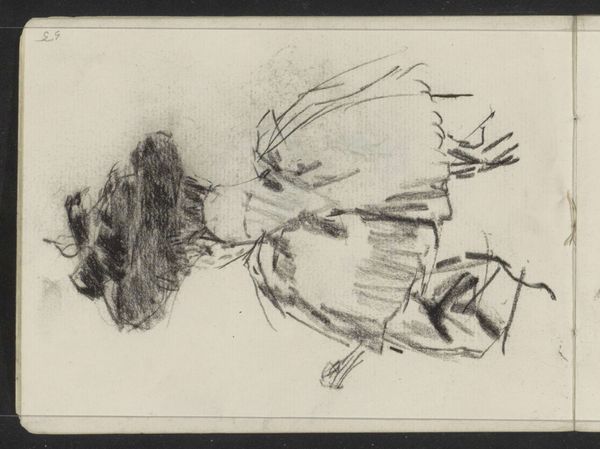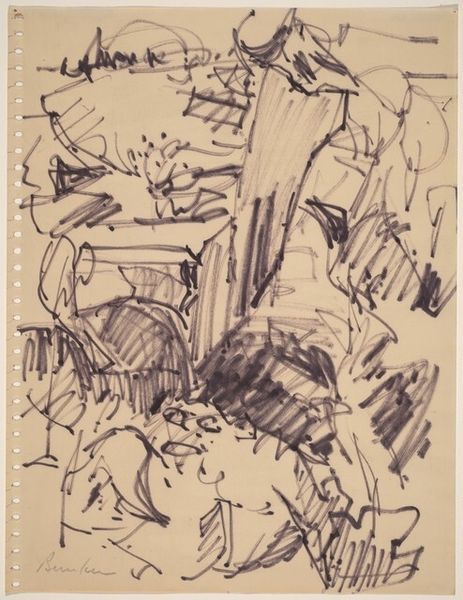![Pine [right of a pair of Pine and Rock] by Yamanaka Shinten'ō](/_next/image?url=https%3A%2F%2Fd2w8kbdekdi1gv.cloudfront.net%2FeyJidWNrZXQiOiAiYXJ0ZXJhLWltYWdlcy1idWNrZXQiLCAia2V5IjogImFydHdvcmtzLzRlZTU5ZWNmLWI5MzAtNGM1NS1iMmU0LTc3Y2FmNzlhZDRhYi80ZWU1OWVjZi1iOTMwLTRjNTUtYjJlNC03N2NhZjc5YWQ0YWJfZnVsbC5qcGciLCAiZWRpdHMiOiB7InJlc2l6ZSI6IHsid2lkdGgiOiAxOTIwLCAiaGVpZ2h0IjogMTkyMCwgImZpdCI6ICJpbnNpZGUifX19&w=1920&q=75)
drawing, paper, ink-on-paper, ink
#
drawing
#
asian-art
#
landscape
#
paper
#
form
#
ink-on-paper
#
ink
#
line
#
realism
Dimensions: 55 5/8 × 4 7/8 in. (141.29 × 12.38 cm) (image)68 7/8 × 7 3/8 in. (174.94 × 18.73 cm) (mount, without roller)
Copyright: Public Domain
Editor: Right, next up we have Yamanaka Shinten’o’s “Pine”, rendered in ink on paper way back in 1874. It's a slender, vertical composition. Immediately, I’m struck by the intricacy, especially considering the apparent simplicity of the subject matter. It's… well, remarkably detailed. How would you interpret this work? Curator: It whispers of resilience to me. This solitary pine, rendered with such careful realism, speaks of enduring beauty. Notice the stark contrast between the delicate needles and the rugged texture of the bark; Shinten'o captures this tree’s essence, the beautiful balance between fragility and strength. Do you get a sense of that too? It reminds me, just a little, of aging – the beauty found in weathering and time. Editor: Absolutely! The roughness gives it character. But the writing at the top... Is there significance to that? Curator: Good eye! The inscription is calligraphic, another layer of artistry. The placement, the very strokes… it becomes almost another, more abstract, landscape coexisting with the realistic portrayal of the tree itself. The inscription ties the tree to a broader philosophical context. Editor: That's fascinating. So, it's not just about depicting a pine tree? Curator: Oh, far from it. Pine trees, in East Asian art, are often symbolic of longevity, steadfastness… a connection to nature. This image invites quiet contemplation on these deeper meanings, while still managing to convey this feeling with striking and undeniable physical presence. Editor: I see. So, beyond just its realistic style, it’s carrying so much more. Curator: Precisely. It's about layers. The artist guides us beyond surface appearances towards the emotional depth that lies within. And, that the artist shares with us, perhaps, the wisdom earned from their observations, what they gleaned from looking, just really looking, at something like a single, very special pine tree. Editor: Well, now I’ll never look at a pine tree the same way again. Curator: Hopefully not! It’s an invitation to slow down, to contemplate. Art, after all, has this curious capacity to mirror the essence of who we are as sentient beings.
Comments
No comments
Be the first to comment and join the conversation on the ultimate creative platform.
